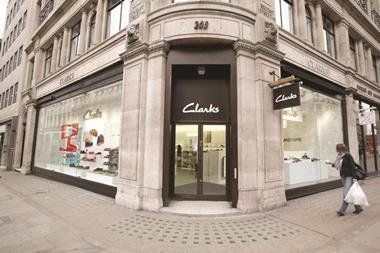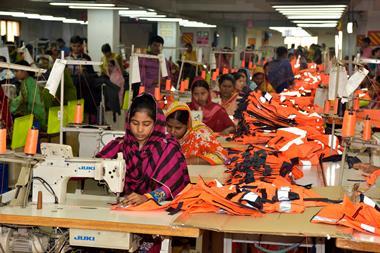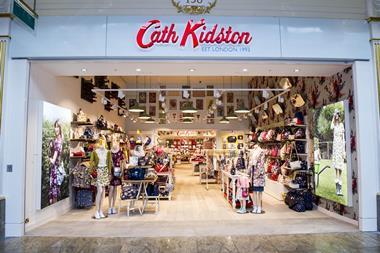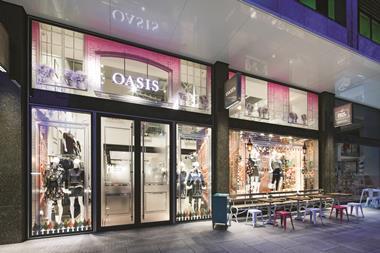As the retail industry begins to feel the impacts of coronavirus on consumer spending habits, new data predicts that the pandemic will wipe £12.6bn from sales in 2020.
Clothing and footwear will fare the worst as shoppers choose to commit the majority of their spend to food. The sector is set to decline by £11.1bn or 20.6% in 2020, according to GlobalData forecasts.
This is equivalent to the combined clothing sales of the three market leaders Primark, Marks & Spencer and Next.
According to GlobalData, spend on non-food categories in general is also forecast to decline by 8.9% as consumers shun non-essential items. The impact on non-food is far worse even than during the financial crisis of 2009, when sales fell 2.9%.
The food market, on the other hand, is now set to grow at an unprecedented rate of 7.1%. Previous predictions for 2020 stood at just 1.2% growth, according to Kantar.
This represents an additional £6.8bn to the initial forecast for food sales in 2020 as shoppers transfer their spend from other sectors and increase their volume sales.
Contrary to reports of excessive stockpiling, research from Kantar reveals that the uplift in food spend and demand has been driven by people adding a few extra items to baskets and making more trips, rather than buying large amounts of the same item in one go.
The average spend per supermarket trip rose by 16% in the week ending March 17 to £22.13, compared with the same week a month ago, as shoppers added additional items.
An additional 15 million supermarket visits were also made in the week ending March 17, compared with the week ending February 17. This exacerbated the impact of larger baskets per trip, giving the impression that consumers were stockpiling.
In reality, out of the 100,000 consumers analysed, Kantar found that just 3% were taking home excessive quantities of pasta and only 6% were overbuying liquid soap.
Kantar head of retail and consumer insight Fraser McKevitt says: “Most of us have seen images circulating online of people bulk-buying products like toilet rolls and pasta, but our data gives us a different, if counter-intuitive, diagnosis of what’s happening.
“Ultimately, we need to look at the empirical evidence and it tells us that temporary shortages are being caused by people adding just a few extra items and shopping more often – behaviour that consumers wouldn’t necessarily think of as stockpiling. People will also be eating in more as a result of social distancing and increased working from home.
“Consumers spend more than £4bn each month on food and drink out of the home, a significant proportion of which will now be channelled through the supermarkets.
“It’s not just how much people are buying, but what. We’re seeing customers shop beyond their normal, regular product choice, putting pressure on supplies of items that aren’t usually bought as often. Purchasing typically made over a couple of weeks or longer is being concentrated into a few days.
“Retailers and manufacturers are working hard to respond to customers’ needs. It’s important for them to understand what the new essentials are for consumers and what the ‘new normal’ might look like once this crisis passes.”
























No comments yet